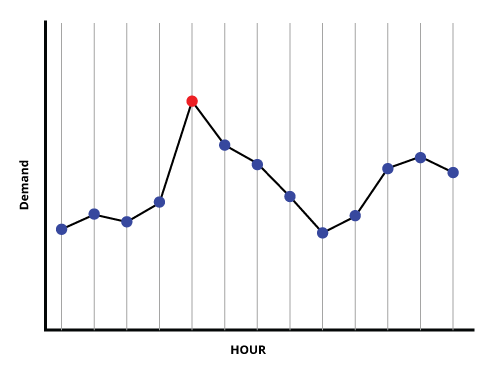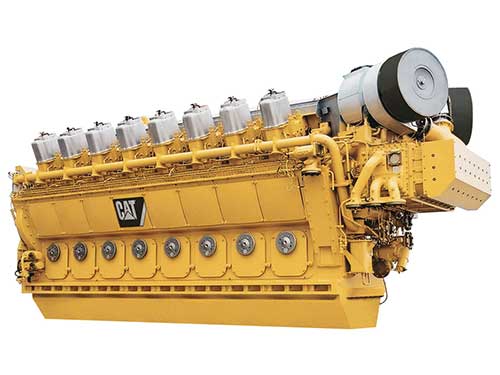Ontario’s Industrial Conservation Initiative (ICI) is a government program that incentivizes large electricity consumers to shift consumption to off-peak hours in an effort to conserve electricity and reduce energy costs.
Speak to a Toromont Energy Conservation Specialist Today
Toromont Power Systems works with both Class A and Class B customers to assess their specific energy requirement and develop solutions for energy conservation that, in turn, reduce overall costs for electric power.
What is Global Adjustment?
The Global Adjustment fee covers the cost of building new energy infrastructure in Ontario, as well as assisting with conservation programs, such as the ICI. In order to support the largest demand peaks, the grid needs the ability to supply enough energy during the highest demands. By reducing peaks and using electricity in a more linear fashion, the grid becomes less costly to maintain and more energy efficient.
Global Adjustment for Class A Customers
- Class A customers pay global adjustment based on their percentage contribution to the top five peak demand hours
- The top five hours of peak demand in a year are those occurring on different days in which the greatest number of MW of electricity was withdrawn from the IESO-controlled grid by all market participants in Ontario
- Class A customers can reduce their GA costs based on their ability to anticipate the top five peak hours and reduce their energy consumption, from the grid, during that time
Global Adjustment for Class B Customers
- Class B customers are defined as those with a peak demand over 50 kilowatts and less than or equal to one megawatt (effective January 1, 2017)
- Whereas class A customers will benefit most from reducing energy consumption during the top 5 peaks of the year, class B customers should look to reduced overall energy consumption on a daily basis
- An energy audit of your facilities current usage can often reveal opportunities to conserve energy and reduce GA costs
- Replacing or retrofittign old inefficient equipment can often reduce energy costs by more than the cost to replace equipment
Anticipating Peaks & Demand Response
The better you can predict when the peaks will occur the more likely you are to take advantage of this initiative. Peaks are most likely to occur
- During a heat wave or cold snap
- Between 2:00 pm and 6:00 pm in the summer and between 5:00 pm and 7:00 pm in the winter
Learn More About Peak Tracking from the IESO
Working With Toromont

Peak Management
Anticipating peaks and adjusting energy consumption during high demand periods. An energy audit can uncover potential energy saving opportunities by better utilizing your current assets.
877-249-8091

CHP (Cogeneration)
Reduce your dependency on the grid and increase overall efficiency with combined heat & power. As electricity costs rise, you have the ability to self-generate with clean burning natural gas generators.
877-249-8091

Energy Storage
Lithium-ion batteries allow you to store energy during low demand times and discharge that energy during the day, when electricity demand is highest.
877-249-8091

Equipment Upgrades
This can include installing new equipment or retrofitting already installed standby generators to run during high demand periods.
877-249-8091
'Our cost of generation is about 1/3 versus purchasing it from the utility."
Clark Johnson
Energy Manager Canada Malting
'CHP is one way to offset power from the grid. Overall efficiency is well above 90%."
Ralph Deboer
Operating Manager, Owner Rosa Flora
Request More Information
The specified form no longer exists or is currently unpublished.